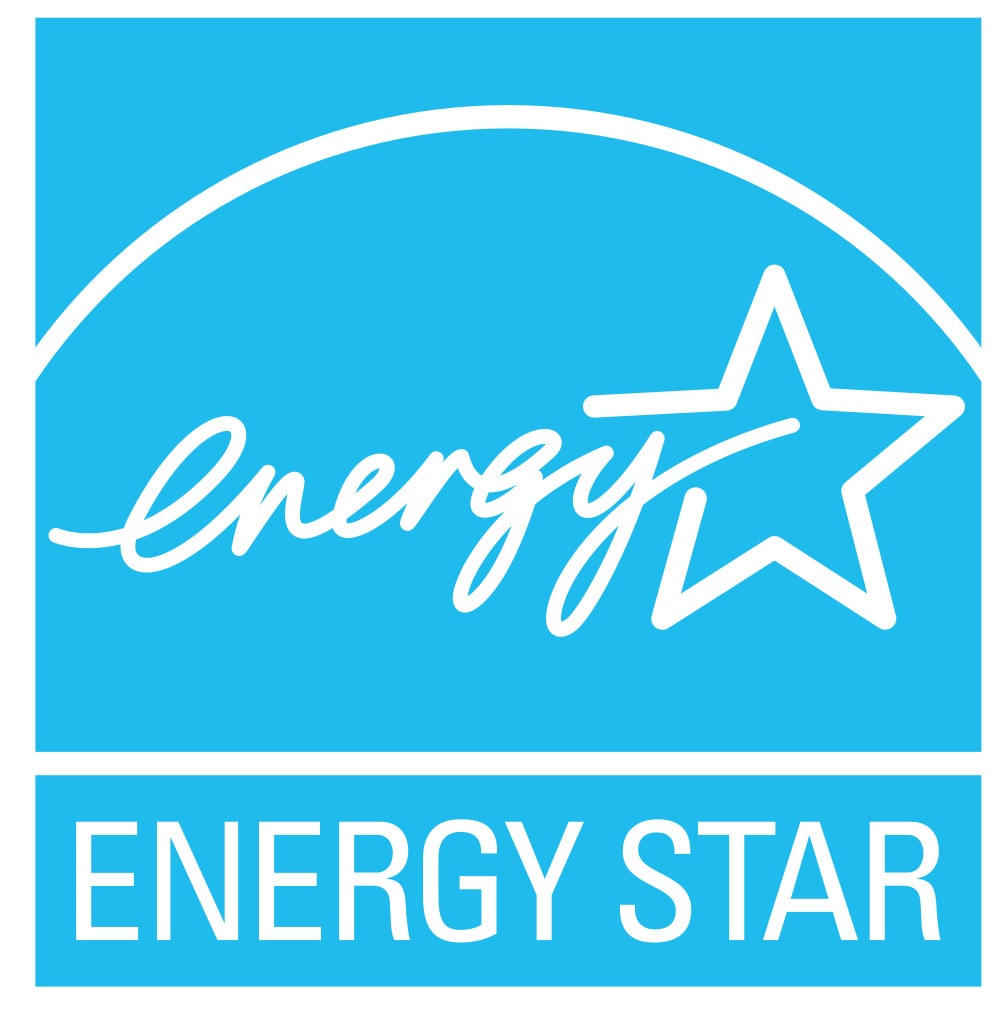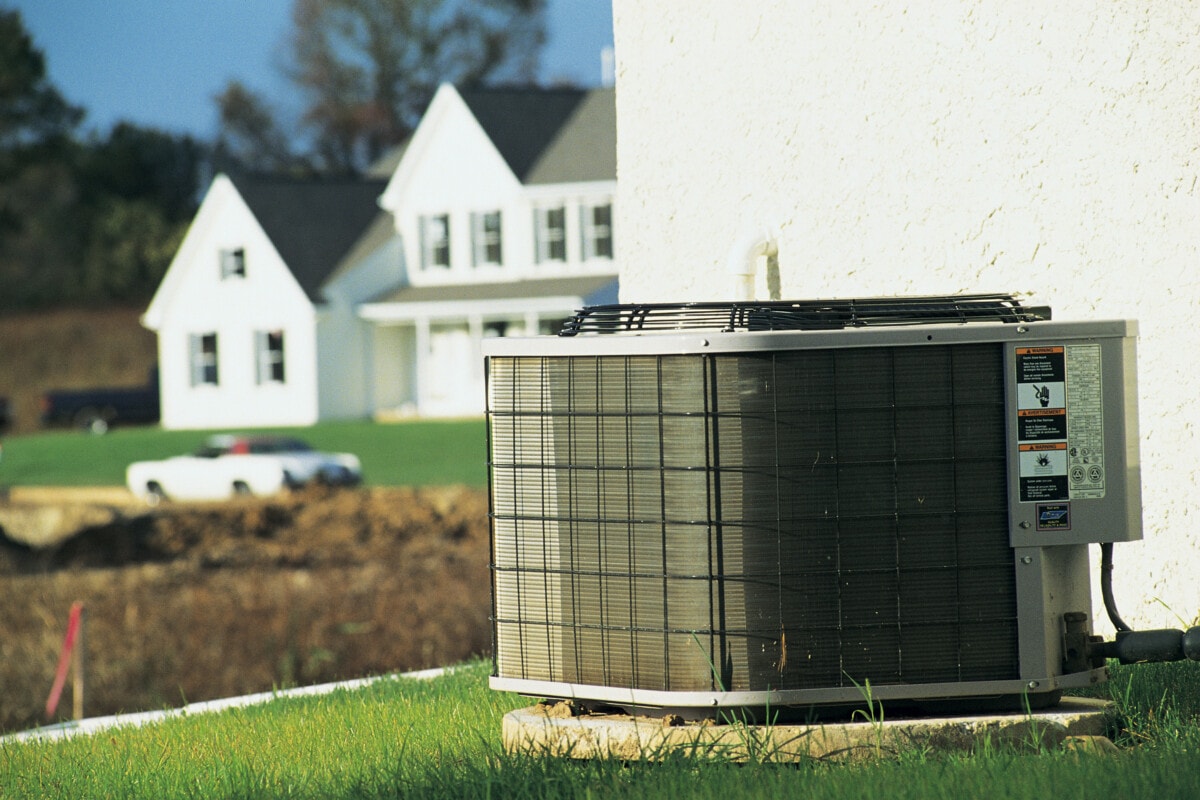
In the United States, the majority of electricity comes from fossil fuels. However, with the pressing issue of climate change, there is a growing need for energy efficiency and sustainable practices. As a homeowner, you may wonder what actions you can take to contribute to a greener future. One solution that can help reduce your environmental footprint is obtaining ENERGY STAR certification.
An ENERGY STAR certification can mean lower utility bills, higher property values, and a lower carbon footprint. However, there are a few downsides as well that are important to consider. Whether you’re renting a home in Wilmington, NC, or are in the market for a sustainable house in Minnesota, read this Redfin guide to learn what you need to know about ENERGY STAR certification.

What is ENERGY STAR certification?
ENERGY STAR is an internationally recognized symbol of energy efficiency and environmental responsibility. Established in the United States in 1992 by the Environmental Protection Agency (EPA) and the Department of Energy (DOE), ENERGY STAR certifies energy-saving products and climate-friendly buildings across the US and its territories. To date, ENERGY STAR has certified over 41,000 buildings and billions of products in 75 different categories.
ENERGY STAR certification aims to reduce greenhouse gas emissions, minimize energy consumption, and save consumers money on energy bills. Buildings are rated on a scale from 1-100. A score of 75 or higher is eligible to earn certification.
It is important to note that ENERGY STAR certification is limited to products and buildings and does not encompass larger-scale sustainability practices. For instance, LEED certifications are awarded for initiatives such as renewable energy, zero-waste, and equity, which fall outside the scope of ENERGY STAR.
How does a product earn ENERGY STAR Certification?
To receive ENERGY STAR certification, a product must meet stringent energy efficiency guidelines set by the EPA. These guidelines vary depending on the product category, but in general, all ENERGY STAR-certified products must:
- Offer significant energy savings without compromising performance or features.
- Provide long-term cost savings for consumers in the form of lower energy bills.
- Utilize innovative, cutting-edge technologies that promote energy efficiency.
- Be independently tested and verified to ensure compliance with ENERGY STAR requirements.
- Display a clear and informative label that educates consumers on the product’s energy-saving benefits.

ENERGY STAR product categories
ENERGY STAR certification spans a wide range of products, including appliances, electronics, lighting, building materials, and heating and cooling systems. Some common ENERGY STAR-certified products include:
- Refrigerators and freezers
- Washing machines and dryers
- Dishwashers
- Televisions and computer monitors
- Phones
- Solar water heaters
- LED light bulbs
- Air conditioners and heat pumps
- Storm windows
ENERGY STAR for homes and buildings
In addition to products, ENERGY STAR certifies homes and other buildings. To earn the certification, a building must meet specific requirements to reduce energy consumption, improve indoor air quality, and minimize environmental impact. These requirements include proper insulation, high-performance windows, efficient heating and cooling systems, and using ENERGY STAR-certified appliances. Energy Rating Companies, who are part of a Home Certification Organization (HCO), evaluate and award ENERGY STAR certifications to homes that meet requirements.
Buildings that receive certification mean they perform in the top 25 percent of similar structures nationwide. On average, ENERGY STAR-certified buildings use 35 percent less energy and generate 35 percent fewer greenhouse gas emissions than non-certified buildings.
Additionally, beginning in 2024, ENERGY STAR will launch NextGen, certifying commercial buildings that demonstrate extremely low-carbon and low-energy practices.

How to obtain ENERGY STAR certification for your home
Now that you know what it is, how do you certify your home? Let’s break it down.
- Review the guidelines: Familiarize yourself with the ENERGY STAR Single-Family New Home guidelines. These guidelines focus on energy efficiency, indoor air quality, and overall home performance and can help you decide if certification suits your home.
- Find a builder or rater: Regardless of whether you’re building a new home or upgrading an existing one, finding an ENERGY STAR builder or rater to guide you through the process may be helpful.
- Design and plan: Work with your builder or rater to design and plan your home’s construction or renovation to meet your regional requirements. This involves selecting appropriate materials, insulation, windows, and HVAC systems and ensuring that your home’s design promotes energy efficiency.
- Select certified products: Next, choose ENERGY STAR-certified products, such as appliances, lighting, and heating and cooling systems. A complete list of products is available online.
- Verify and test: You need to certify that your home meets ENERGY STAR standards. During construction or renovation, your builder or rater will likely conduct several inspections and tests to ensure your home meets requirements.
- Final certification: Once your home meets the requirements, your energy rater will submit the necessary documentation to ENERGY STAR for final review. If approved, the rater will award official certification along with a label for display.
- Maintain efficiency: All homes and buildings must maintain efficiency to remain certified. However, a rater generally only inspects a house if someone files a complaint and the homeowner or builder doesn’t resolve it within a given timeframe.
Certification requirements vary by state, county, and climate zone, but the application process is similar nationwide.
Pros and cons of ENERGY STAR certification
Choosing ENERGY STAR certification has many benefits, but also a few downfalls.
Pros
- Lower energy bills: ENERGY STAR-certified products use less energy, resulting in significant savings on utility bills. Initial costs can be high, but they pay for themselves over a few years.
- Tax benefits: Many federal and local incentives can help offset the cost of any renovations and can help lower your monthly bills even further. The primary federal benefit is the Residential Clean Energy Credit, which applies to ENERGY STAR-certified homes and homes using renewable energy, such as solar or wind.
- Environmental impact: By reducing energy consumption, ENERGY STAR-certified products help decrease greenhouse gas emissions and reduce your home’s carbon footprint.
- Improved performance: These products often outperform their non-certified counterparts in functionality and reliability.
- Enhanced marketability: ENERGY STAR-certified homes and buildings are more attractive to buyers and renters due to their lower operating costs and higher performance standards.
Cons
- High cost: Efficient products often have a higher upfront cost than their non-certified counterparts. Although these products typically lead to long-term savings on energy bills, the initial investment can be a barrier for some consumers, especially those with budget constraints.
- Limited product variety: While the ENERGY STAR program has expanded over the years to cover a massive variety of products, there may still be limited options in certain categories or for specific technologies. This is especially true for building materials and industrial products.
- Outdated standards: The government updates its standards regularly, but there can be a lag between updates and new technologies. This means that some certified products may not represent the cutting edge of energy-efficient technology.
- Not green enough: ENERGY STAR certification is a helpful starting point for home sustainability, but more work toward efficiency and carbon neutrality is necessary. Additionally, some products may not be as efficient as they claim to be.

Final thoughts
ENERGY STAR is one of the most widely recognized symbols in the US and plays a vital role in building a sustainable future. As such, it’s also become a regular part of society; the 20 largest home builders in the US build ENERGY STAR-certified homes, and more than 33 industrial sectors work with certified products.
By choosing ENERGY STAR-certified products and making energy-efficient home improvements, you can enjoy long-term savings on your energy bills, contribute to reducing greenhouse gas emissions, and help combat climate change. While the program may have some drawbacks, such as higher upfront costs and varying standards, the overall benefits make it a worthwhile investment.
The post ENERGY STAR Certification: What Homeowners Need to Know appeared first on Redfin | Real Estate Tips for Home Buying, Selling & More.
